Top dressing of beets with salt
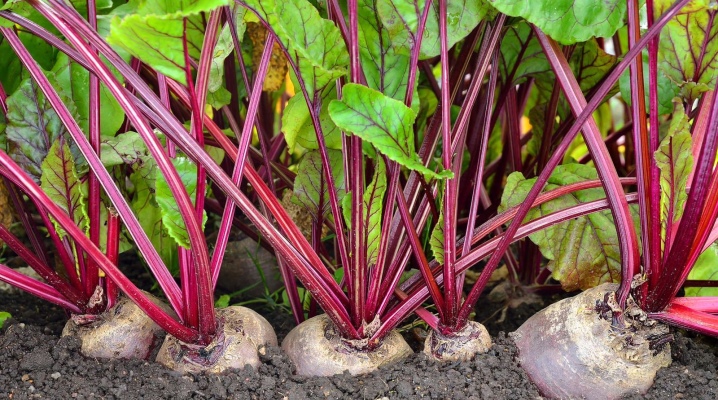
Any plant needs careful care, processing, feeding and protection from the influence of negative factors. If you are growing beets, they also need to be fed, especially sodium, as the plant often grows on heavy, dense soil. To make up for the lack of this trace element, some use expensive means, but this is not necessary. You can use regular table salt. Your attention is invited to instructions for the preparation and use of such a top dressing for beets, which will lead to a harvest of delicious and sweet fruits.
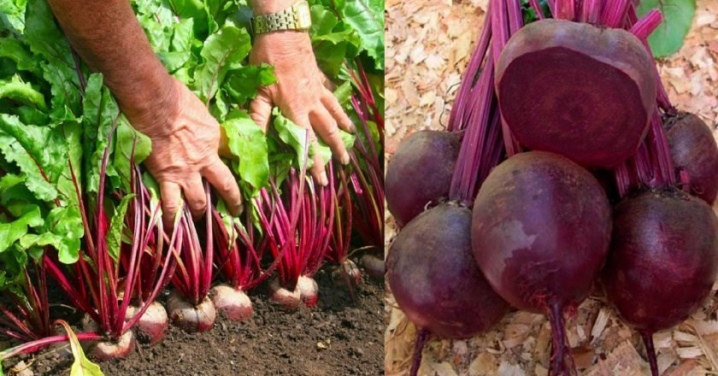
What is it for?
Top dressing of beets with salt is in great demand among experienced agronomists. The root crop is grown almost everywhere, but you can face such troubles as pests and drought. Many gardeners practice watering seedlings with a salt solution, which leads to an amazing result. Although this procedure may seem unusual to beginners, it has its own characteristics and advantages that you should familiarize yourself with.
Thanks to this method of irrigation, the beet tops will not be exposed to dryness and wilting, and the root crop will begin to increase the amount of sugar substances. Thanks to the saline solution, the sodium composition of the soil is significantly improved, so the growing season of the crop will be positive. But in order to get a high-quality result, it is extremely important to observe all proportions and terms, as well as follow the instructions, this is the only way to harvest delicious vegetables.
One rule to remember is that when watering with saline, it is important not to touch other plants., for which sodium will become a poison, therefore, experts recommend that you correctly determine the method of processing.
To understand whether this type of feeding is required for beets, pay attention to the leaves of the plant. If redness appears on them, it means that the time has come to apply salt.
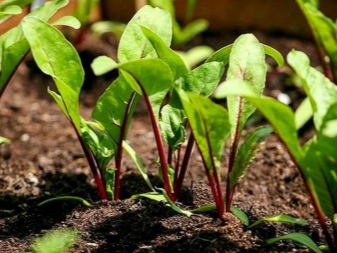
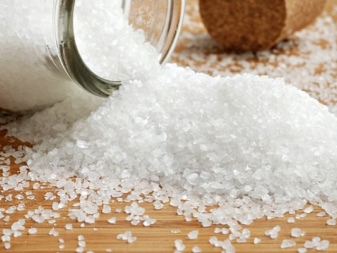
Throughout the entire growth period of root crops, top dressing plays an important role. Often this is ordinary water mixed with minerals that will saturate the soil with the necessary trace elements. This crop loves sodium, if it feels a deficiency in it, which often happens in some regions, it is important to start fertilizing on time. In addition, this will increase yields, and the taste of beets will undoubtedly pleasantly surprise you. This method of feeding is budgetary, but at the same time effective, and this is the most important thing.
Many agronomists point out that the use of a saline solution is tantamount to the effect of expensive fertilizers. The main advantages of feeding include the fact that you make up for the deficiency of trace elements that have a beneficial effect on the development of the root crop. Since salt is an affordable product, you do not need to spend a lot of money on various chemicals. There are no toxic substances in this product, so the processing of root crops will be safe and environmentally friendly.
Despite the fact that we are talking about a saline solution, it will have a positive effect on the taste of beets, namely: it will make it sweet. At the same time, the plant will be protected from pests and a number of diseases, which is no less important.
However, feeding can be overused if you do not follow the standard dosage, so it is extremely important to know the rules and follow the recipe.

Processing time
It is recommended to use saline solution at least 3 times per season.The first feeding should be after about 6 leaves have formed. The second time it is better to carry out it during the formation of beets, and the last - 2 weeks before harvesting. Watering will significantly increase the sweetness of root crops, but if the proportions are not observed, the result will be the opposite.
It is necessary to carry out feeding often, carefully studying the condition of the soil.
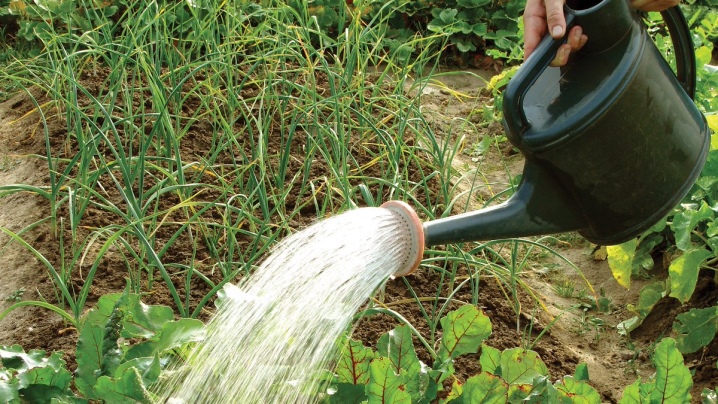
How to cook?
To make a solution, you need to take ordinary table salt, which is found in every home. As for the concentration of this component, it must be determined by the state of the tops. If the shortage is not so big, a 10-liter bucket of water is enough per square meter, in which you need to dilute the main ingredient in the amount of 1 teaspoon, which will be enough.
If large red streaks have formed on the leaves, this indicates that the plant is severely lacking in sodium, so take 2 times more salt. Also, this solution allows you to protect crops from insect attack. Take 5 g of salt and dissolve in a liter of water, this is the norm, it is strongly not recommended to increase the dosage. Make sure that all crystals are completely dissolved, then you can spray the plant.
There is an algorithm, following which will help to achieve a positive result. Pour the required amount of salt with just a couple of tablespoons of water, then heat the mixture to ensure complete dissolution of the crystals. This concentrate is poured into the rest of the water and mixed. You can leave to infuse for 10 minutes, and then go to apply the dressing.
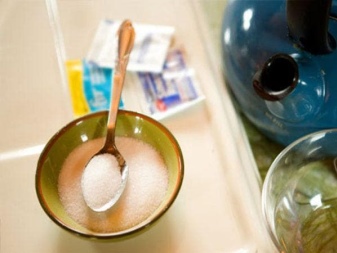
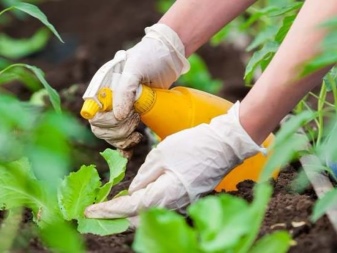
How to use it correctly?
Watering in the open field with salt water must be correct so as not to harm the culture and get a sweet root vegetable from which you can cook various dishes. Top dressing should be combined with timely watering, so use the following recommendations.
- Before the first shoots appear, make sure the soil is moist enough. Water the young plantings every time the topsoil dries out.
- As soon as the first leaves appear, you can carry out the first feeding with a saline solution.
In the process of development, root crops accumulate trace elements with moisture, and the absorption of nutrients occurs deeply, about 15 cm from the surface of the earth. This means that the soil must be well wetted to ensure adequate moisture. As soon as the diameter of the beets reaches 6 cm, you can resort to using other fertilizers, for example, wood ash, which is also in high demand.
Since the temperature is especially high in summer, and precipitation is quite rare, it is necessary to water it every few days in order to prevent the tops from drying out.
If even after that the leaves are still red, they are treated with saline by irrigation. A standard 10-liter bucket should be enough for a square meter of the garden, this should be done after the seedlings have thinned out.
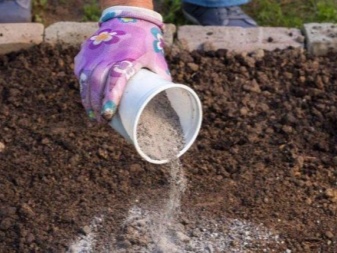

But when the root crop has already appeared, irrigation is done once every one and a half weeks, and the amount of water increases by another 5 liters. However, you should consider the level of aridity and temperature, you may need to increase watering. With the onset of August, irrigation is reduced to a minimum, and watering is completely stopped 3 weeks before harvest. There are a number of mistakes that beginners often make, so it is better to familiarize yourself with them in advance so as not to run into problems.
- If you saw that the use of salt did not lead to anything, it means that you flooded the soil with ordinary water, which led to excessive moisture in the soil.
- Frequent use of top dressing can negatively affect the condition of the plants. Failure to comply with the dosage and instructions for the use of fertilizers will harm the crop.
- It is imperative to maintain the correct sodium chloride concentration.
- Do not use salt containing iodine or fluoride, it will destroy the plants.
- Before applying such a top dressing, it is necessary to study the condition of the soil, perhaps it already contains enough sodium, and fertilization is not required. If there is too much of the component, the soil is depleted and becomes dense, the plants develop much more slowly and will be dry, regardless of the frequency of watering.
- Experts recommend taking into account the peculiarities of the water that is used for irrigating the land. The liquid can contain a large percentage of chlorine, therefore, it must be defended before using it. In summer cottages, there are often large barrels where you can collect rainwater or bring it from a well. Watering with settled water will improve the immunity of the plant and feed it correctly, affecting the high-quality growth of root crops.
- Too cold water can lead to the development of plant diseases. The optimum temperature of the liquid for irrigation is 12-23 °. Fertilize with saline solution at the same rates.
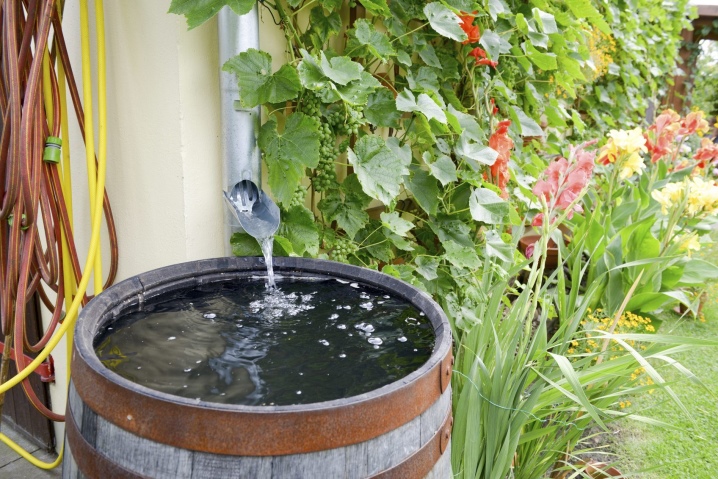
Before treating the beds with mortar, loosen the ground. Mulch it after irrigation to allow moisture to penetrate deeper. It is better to soften hard water with wood ash; about 60 g of this fertilizer will be needed for 20 liters. Excess moisture can also damage the root crop, which will be watery and cannot be stored for a long time.
If properly spilled, the brine will be of great benefit to the future crop. This is one of the most affordable and effective ways to achieve the sweetness of your beets. Having used it at least once, you will be convinced of an amazing result. Follow the instructions and you will harvest delicious root vegetables.
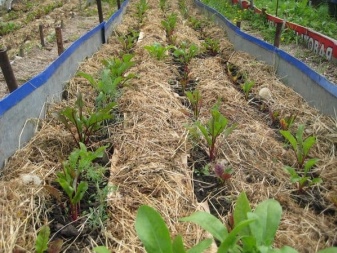
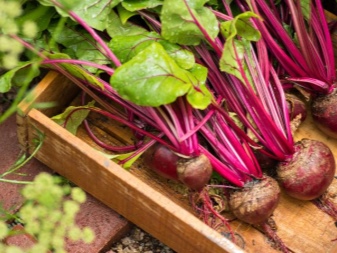
For more information on watering beets with salt, see the next video.













The comment was sent successfully.